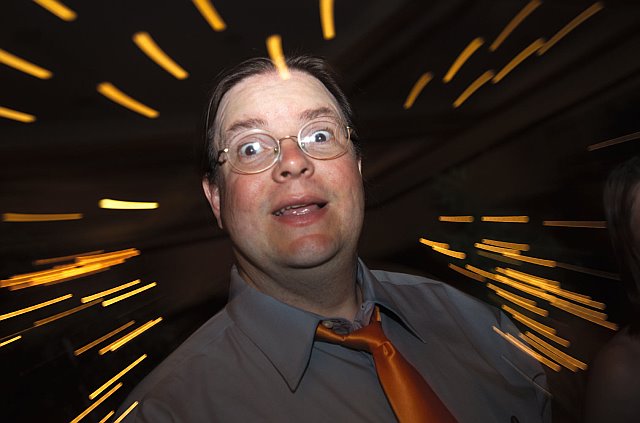For the World Is Hollow. . .

This time of year--late January through early February--has never been a good season for NASA. Last week saw the anniversaries of the Challenger and Columbia disasters, as well as the 40th anniversary of the Apollo 1 fire. And though there are no shuttles in orbit at the moment, the tidings this year are no less grim.
Today comes the somewhat bizarre and disappointingly earth-bound story of astronaut Lisa Nowak's alleged attempt to kidnap a fellow NASA employee, Colleen Shipman, who Nowak percieved as a potential rival for the affections of another astronaut, William Oefelein.
It has never been a secret that the astronaut corps is composed of a fair share of what a former neighbor of mine used to refer to as "horndogs"--ultra-macho playas who strode the world like little Caesars, rightfully proud to be selected as America's standard-bearers in orbit and, later, the moon. With the diversification of the astronaut corps in the late 1980s, as the shuttle became the "manned" space vehicle of choice, there was less emphasis placed on the action-star qualities of the astronauts and more emphasis given to their scientific and technical backgrounds. Though the corps is still largely populated by current and former members of the armed services--especially the Navy--shuttle astronauts are perceived as people who work in space rather than test pilot thrill-jockies.
This shift in perception and the methods used to select future astronauts are both to be applauded, particularly if we are to have any kind of practical future in space (as I believe we must). Though the astronauts may not be seen nowadays with the same kind of golden aura that surrounded the Mercury 7, they are more widely recognizable as true representatives of the diversity of this country.
It's probably no secret that I idolize these people, the way that some idolize soldiers or athletes. I still have vague hopes of one day being able to see the world from orbit, once the ticket price comes down a bit. So when I heard about the romantic rivalry between Nowak and Shipman, my feelings, to say the least, were mixed. At some level, I recognize that these people are, you know, human, and subject to all the complexities and contradictions and failings of human emotion. And, at its most basic level, the story of Nowak's obsessive pursuit of her rival would be of interest even if she had never set foot on a launch platform. But my primary reaction is one of deep disappointment, and Nowak's story makes an unsightly smear on my idealistic notions of what an astronaut represents, or should represent. I suppose this sense of disappointment is not unlike hearing stories of American soldiers raping schoolgirls in, well, pick your favorite war zone.
Though I recognize that the image I have of astronauts is largely informed by NASA publicity and Hollywood glorification (the contrast between Nowak's official astronaut photo and her mug shot should offer compelling evidence of the power of NASA's publicity machine), it still makes for a sad story. And, though it will do nothing to stop the media's recitation of Nowak's failings, I feel the need to at least make mention of her commendation and meritorious service medals, and the fact that, you know, she has over 1500 flight hours.
In other bad news for NASA, budget cuts may mean that the U.S. has no manned orbital capability after the shuttle fleet is decommissioned in 2010 (a date with ironic implications for any fan of Arthur C. Clarke). And even if we do manage to get off the ground, there awaits the increasingly expanding field of orbital debris that poses a threat to all spacecraft.
Space has often been referred to as the "final frontier," the new focal point for the "human adventure," but this February, as in previous Februarys, I find myself more often looking at the ground beneath my feet, trying to get used to it.
Labels: The Final Frontier


1 Comments:
Meh. He looks like my high school math teacher.
Post a Comment
<< Home